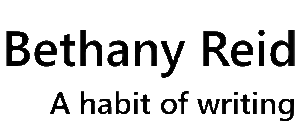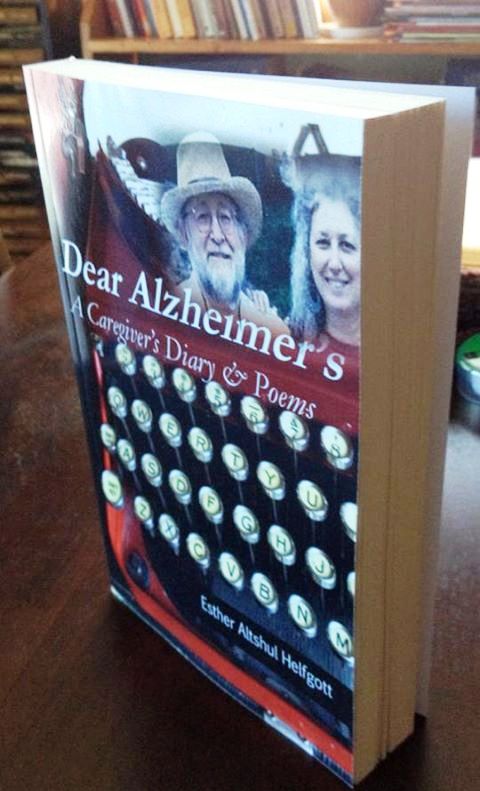A friend writes…

image from http://sokrovennik.ru/uchenye-vyyasnili-pochemu-uskoryaetsya-vremya
“…if you weren’t racing around doing stuff with everyone and their little sister…”
I had an interesting response to this criticism. First, I felt as though my stomach dropped, that familiar clenching and sense of dread. O my God, I thought, I’m sabotaging myself by doing all this running around and filling up of my time! I have to stop!
Which meant–of course–that I scheduled EVEN MORE stuff. I decided that I had to go to Bellingham immediately (!) to see my daughter Annie and I had to take my fourteen-year-old and one of her friends with me (guaranteeing that there would be no time for quiet reflection on this trip).
Home again by 10 p.m., I let myself get swept up in another daughter’s enthusiasm for Lady Gaga and stayed up until 1 o’clock watching Saturday Night Live.
The next morning, even though I overslept and had no time to write, I HAD to go to church. I had to have lunch out…well, it goes on and on.
At Ravenna Third Place Books yesterday afternoon, I listened to Esther Helfgott read from Dear Alzheimer’s. I lost track of time and sat in awe of how one can take the every day busy-ness of a life and make it into a song. Her meditation on listening to Mozart with her husband, one of my favorite pieces, made me reflect on my own resolve to do less this year, and to write more. I sat listening to Esther and I was swept away by how she had in the midst of all the things she must have had to see to in those years found a space in which to write. I felt lucky that she had done so.
Several years ago, while teaching full-time and trying to be fully engaged in parenting three youngsters, I made a decision to always say “yes” to writing. This year, I need to learn to say “no” to some other things. I want to continue to be engaged with my daughters, naturally, but I think I need to distinguish what among my other activities really counts as writing, and what detracts. I am not sure what this means, not yet, but I am willing to be conscious and to explore what it means.

 I was wasting time (yes, I do that) and reading some of my favorite blogs when, quite by accident, I came across this TedX talk by Jonathan Fields.
I was wasting time (yes, I do that) and reading some of my favorite blogs when, quite by accident, I came across this TedX talk by Jonathan Fields.
 I hope it is not presumptuous of me to call Esther Helfgott my dear friend. I’ve known her for many years. We’ve been bumping into one another around Seattle poetry for decades, in fact, and in the last couple of years our meetings have grown in intensity, if not always in duration. I feel blessed to know, first hand, both her and her wise, thoughtful writing.
I hope it is not presumptuous of me to call Esther Helfgott my dear friend. I’ve known her for many years. We’ve been bumping into one another around Seattle poetry for decades, in fact, and in the last couple of years our meetings have grown in intensity, if not always in duration. I feel blessed to know, first hand, both her and her wise, thoughtful writing.